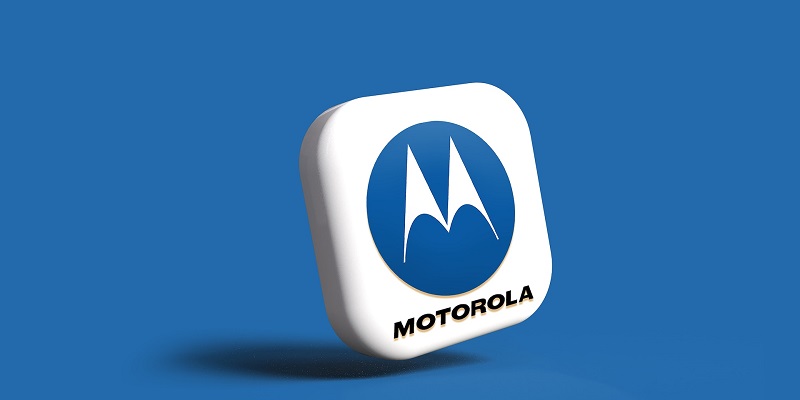Motorola is known for its reliable mid-range smartphones that don’t break the bank. Surprisingly, or not, Motorola has you covered with a vast array of (slightly) different mid-rangers at reasonable prices, making your buying decision pretty difficult today… but for all the right reasons. One of Motorola’s popular lines of mid-range smartphones is the Moto G Stylus, which offers customers a stylus for note-taking and digital art at an affordable price.
If you can’t afford the latest 5G-enabled addition to the Moto G Stylus family and don’t want to opt for a 4G LTE-only model from 2022, a non-5G-capable 2023 device is available for purchase at a small discount right now. The Motorola Moto G Stylus (2023) is a 4G LTE device with an unlocked status, 64GB of storage, 4GB of RAM, and a MediaTek Helio G85 processor. This device is an excellent option for people who want a stylus handset but don’t want to spend a small fortune on a higher-end device.
Display and camera features
The Moto G Stylus (2023) comes equipped with a 6.5-inch IPS LCD screen that boasts 90Hz refresh rate technology, providing a smooth scrolling and swiping experience. The display is sharp and bright, with accurate color reproduction, resulting in an enjoyable viewing experience. Additionally, the phone features a 50 + 2MP dual rear-facing camera system that captures detailed and vibrant photos. The camera app itself is intuitive and easy to use, with different modes and features to choose from, such as portrait, night vision, and panorama modes.
The Moto G Stylus (2023) runs on Android 13, the latest operating system from Google. Its clean and simple user interface doesn’t come loaded with too much bloatware typically found in other mid-range smartphones. The device is available in midnight blue and glam pink colors, both of which are stunning with their shiny glass backs. The phone also comes with a stylus, which is excellent for taking notes, drawing, and editing photos. Unlike some other stylus-supported devices, the Moto G Stylus (2023) doesn’t require any batteries, a convenient feature.
Battery and charging
The Moto G Stylus (2023) sports a large 5,000mAh battery that can last for a whole day on a single charge. The phone also supports 15W fast charging, which allows you to quickly top up the battery when needed. The device also supports USB-C, which is now a standard feature in modern smartphones.
Price and discount
The Moto G Stylus (2023) is an affordable device, priced at $199.99. Motorola is currently offering a $20 discount, which represents a 10% price cut. At this price point, the Moto G Stylus (2023) is an excellent value for money considering its solid build quality and stylus functionality.
Motorola has a reputation for offering reliable mid-range smartphones that don’t break the bank. The Moto G Stylus line caters to customers who want a stylus for note-taking and digital art without needing the latest and greatest specs. With the Moto G Stylus (2023), you can get a solid mid-range smartphone with stylus functionality at an affordable price.
Focused on stylus capability
The Moto G Stylus line caters to customers who prioritize stylus functionality for productivity and creativity. The device offers excellent stylus functionality, allowing for precise and accurate control, making it great for taking notes, drawing, and editing photos. While the Moto G Stylus (2023) may not have the latest and greatest specs, it still gets the job done for those who seek stylus functionality.
If you’re in the market for an affordable smartphone with stylus functionality, the Moto G Stylus (2023) is a great option. It offers solid build quality, stylus support, and a 6.5-inch display with a 90Hz refresh rate. Plus, with its $20 discount, it’s currently an even better value for money. The Moto G Stylus (2023) may not have the latest and greatest specs, but it does offer solid and reliable performance that doesn’t break the bank.

